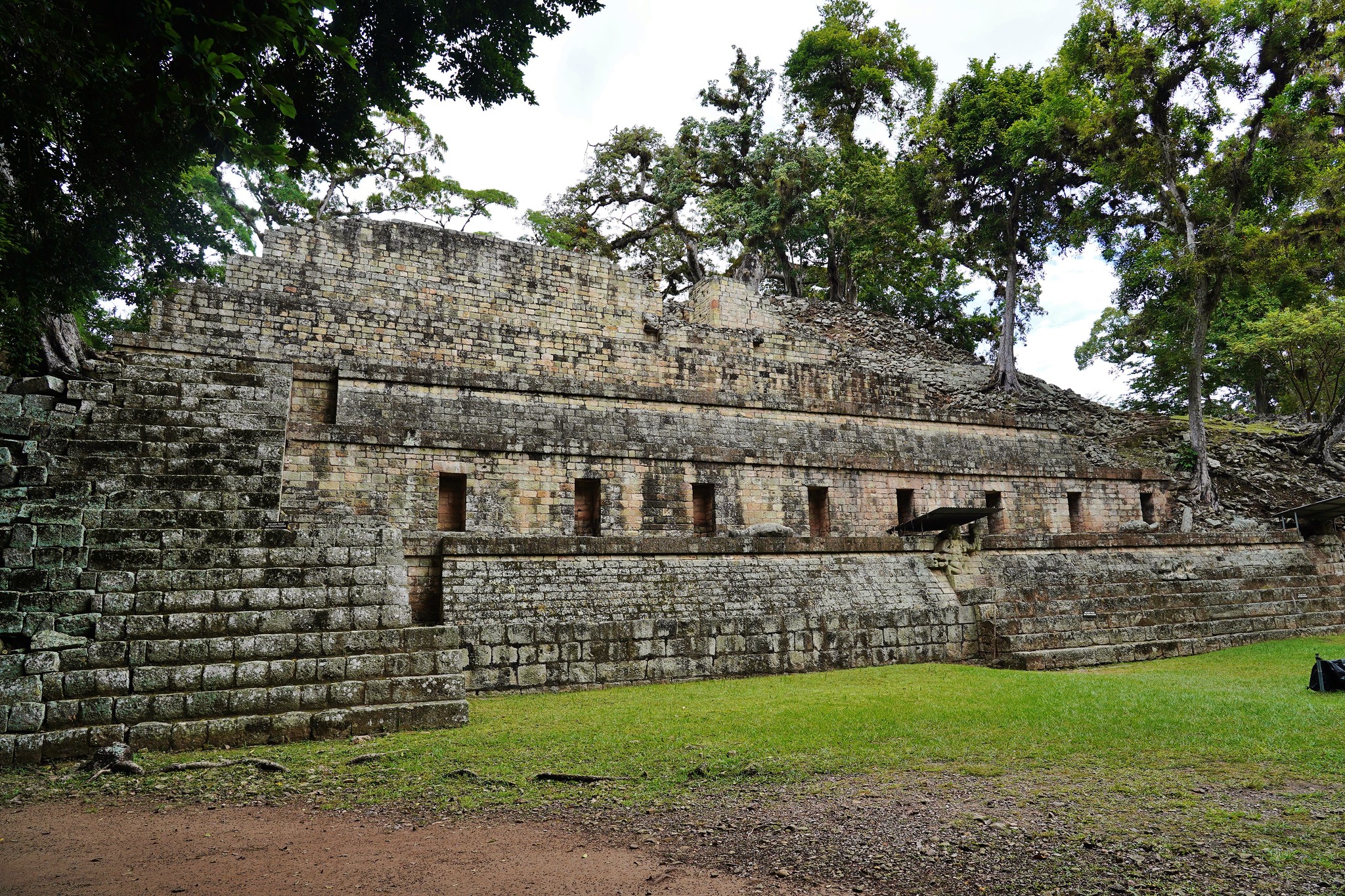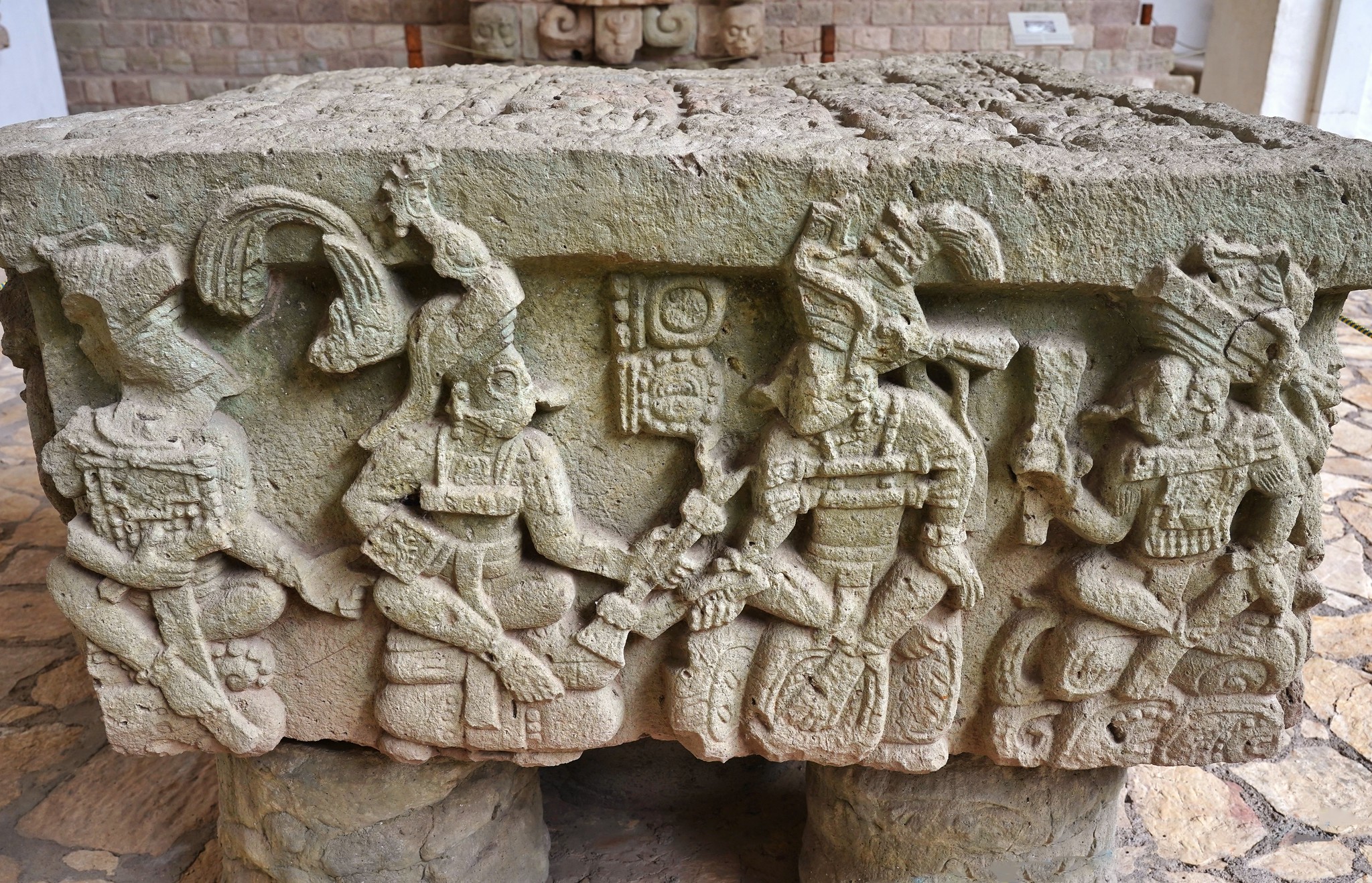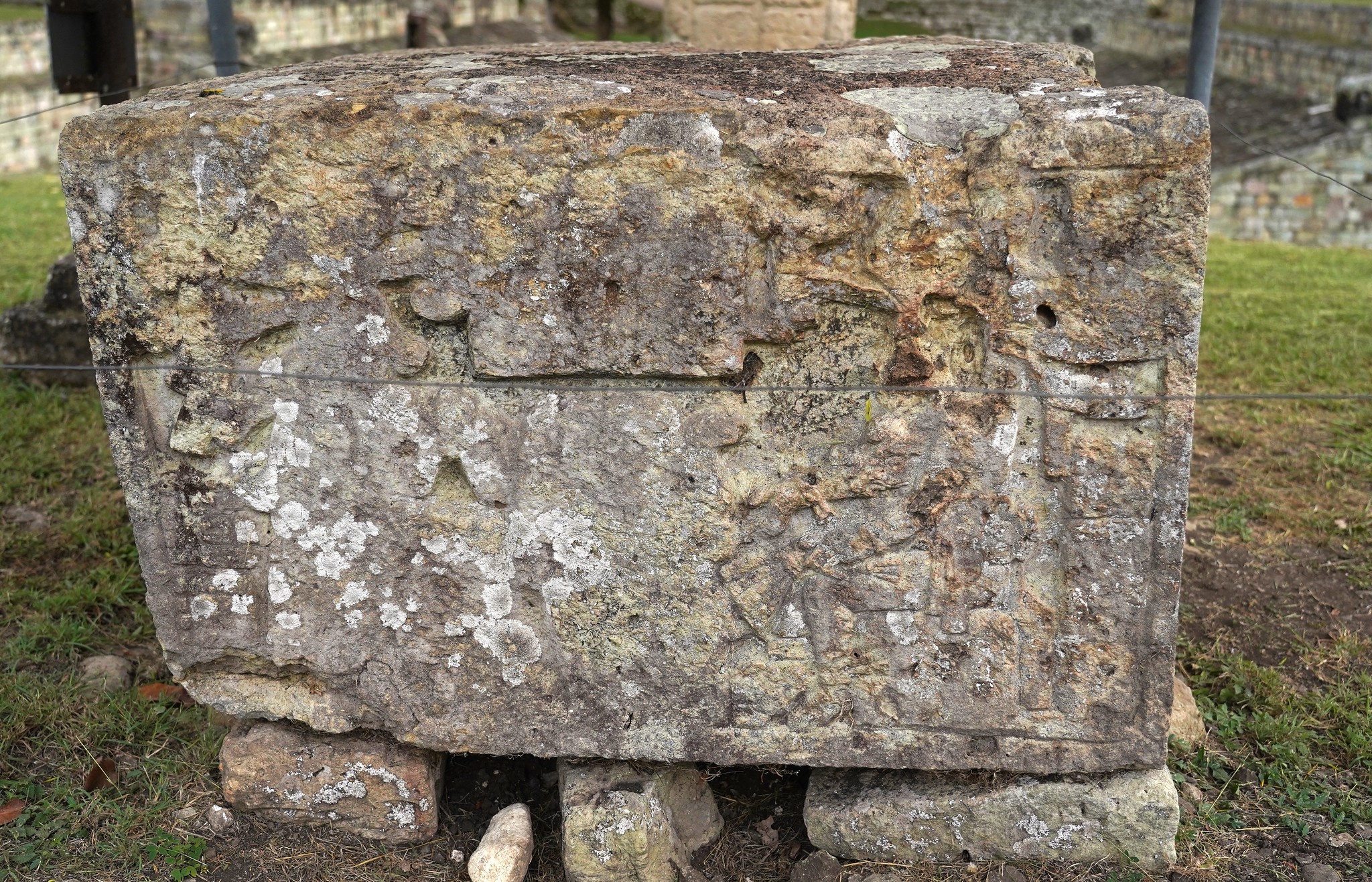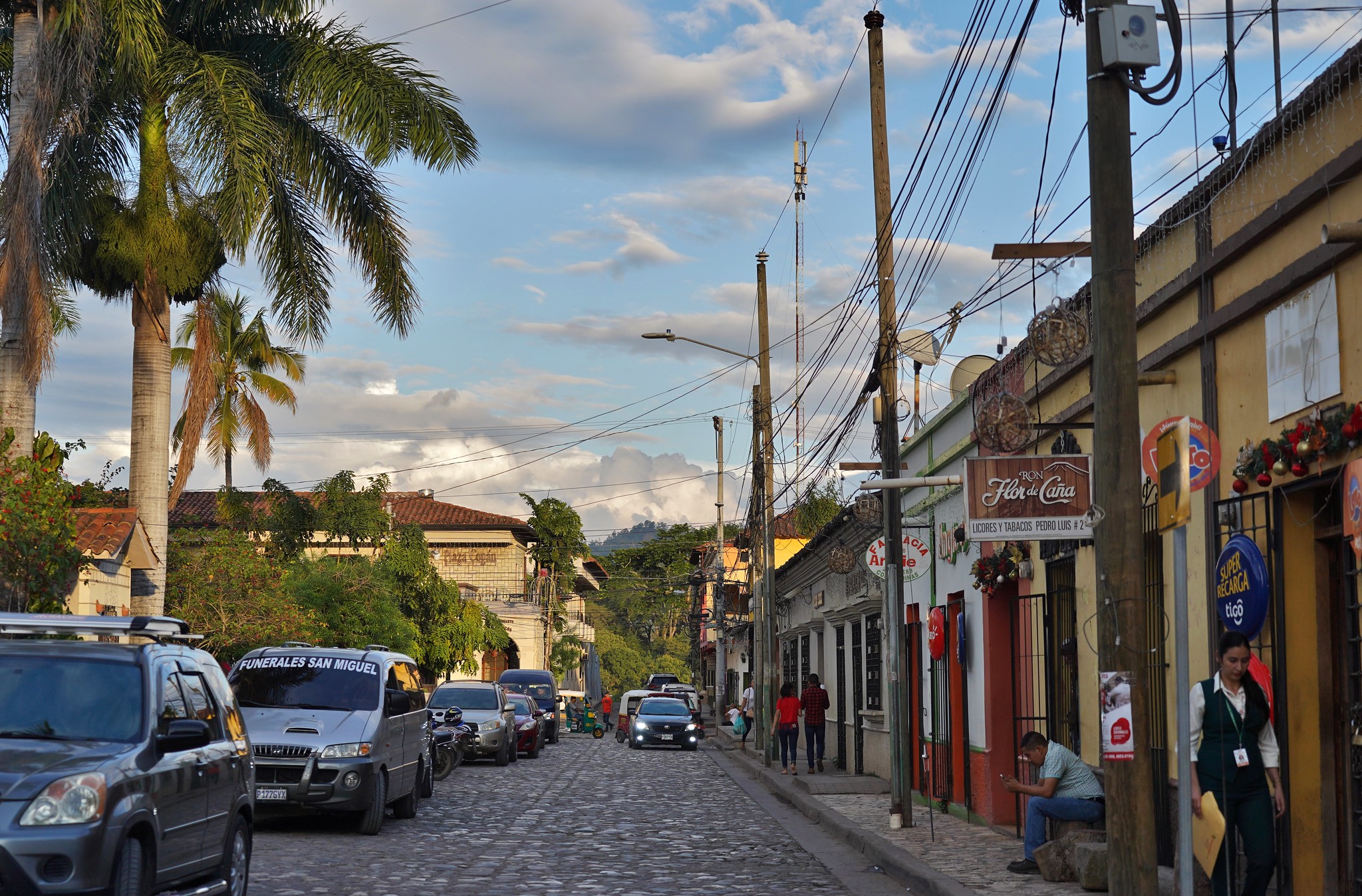Copán Ruinas is a small, modest town in western Honduras, near the border to Guatemala. The town bears the Spanish name of an ancient Mayan city. Copán is a UNESCO World Heritage Site because of its elegant architecture and magnificent carved stelae and altars, perhaps the best art the Mayans ever produced.
The valley of Copán has been populated for at least four thousand years. Dynastic rulers of Copán are known as early as 426 CE. The last dynastic ruler is mentioned in the year 822 CE. The four centuries between the two dates are generally considered the classic period of Mayan civilization of Copán during which the city was a major regional power. It suffered a humiliating and catastrophic defeat in 738 CE at the hands of its former neighboring vassal state Quiriguá, located in Guatemala, from which it never fully recovered.
The Copán culture collapsed between 800 to 830, and its population gradually declined in the 9th and 10th centuries. All Mayan states failed in this time period, meaning that aristocratic rule, political and military power, urban construction, and cultural production ended, that urban centers were gradually abandoned, to be quickly reclaimed by the jungle, and that their population dissipated in various rural settlements. Deforestation, overpopulation, extreme drought, depletion of soils, and military conflict likely contributed to this decline and collapse.
The rulers of Copán were conscious of their exceptional history, and they enshrined it in inscriptions and in an iconographic program on a number of altars and stelae. Altar Q, created in 763 CE and shown above, is one of the most outstanding monuments in the Mayan city of Copán. It represents the founder of the dynasty transferring the power to the 16th ruler of Copán by handing him the staff of office. The four sides of the altar show all 16 rulers, each passing on the insignia of power to his successor.
Altar L, created in 822 CE, is perhaps the last piece of art produced at Copán. Altar L was a monument intended to commemorate Ukit Took’, the reigning ruler, who was never officially crowned. Only one side of Altar L was completed. The others are either partially completed, as seen below, or left completely blank, with history yet to be inscribed. Such history never unfolded as the Copán culture collapsed around that time. While artistically insignificant, this altar is remarkable in that it marks the unexpected end of the history of Copán, even though the rulers of Copán had believed in the perpetual continuity of their rule.
When the American political scientist Francis Fukuyama wrote his infamous essay “The End of History” (1989), this is clearly not what he had in mind. Rather, he believed that liberal democracy had celebrated a final victory over totalitarian systems. The exceptionalist view of American history precludes a narrative where America could decline and even disintegrate, and the end of the Soviet empire seemed to validate that point of view. Yet the study of ancient empires, like the Mayan state of Copán, shows that all empires decline eventually, their exceptionalist narratives notwithstanding.
Many factors that led to the collapse of Copán are present in our own time. Climate change and environmental degradation are creating a cascade of problems ranging from severe overpopulation, drought, and soil depletion to resulting pandemics, loss of inhabitable land, and mass migration. The political fallout is visible already, as is evident in the European backlash to the Syrian refugee crisis and US efforts to build a wall on the border to Mexico to keep out Central Americans displaced by climate change and victimized by gang violence.
The political polarization in the United States has become so extreme that it even taints the discussion of basic and undisputed facts, such as climate change, Covid-19, and election outcomes. This is the stuff of cultural decline, which poses a real threat to the democratic foundations and the political stability of the country. The Biden administration may be able to slow the institutional slide, yet the culture wars continue to intensify. Internal discord and polarization invariably play a role in collapse as they can undermine and erase existing power structures suddenly and quickly, followed by a period of unrest and rapid political and social disintegration of society. The tumultuous end of the Trump presidency put the instability and dysfunction of the American system on full display.
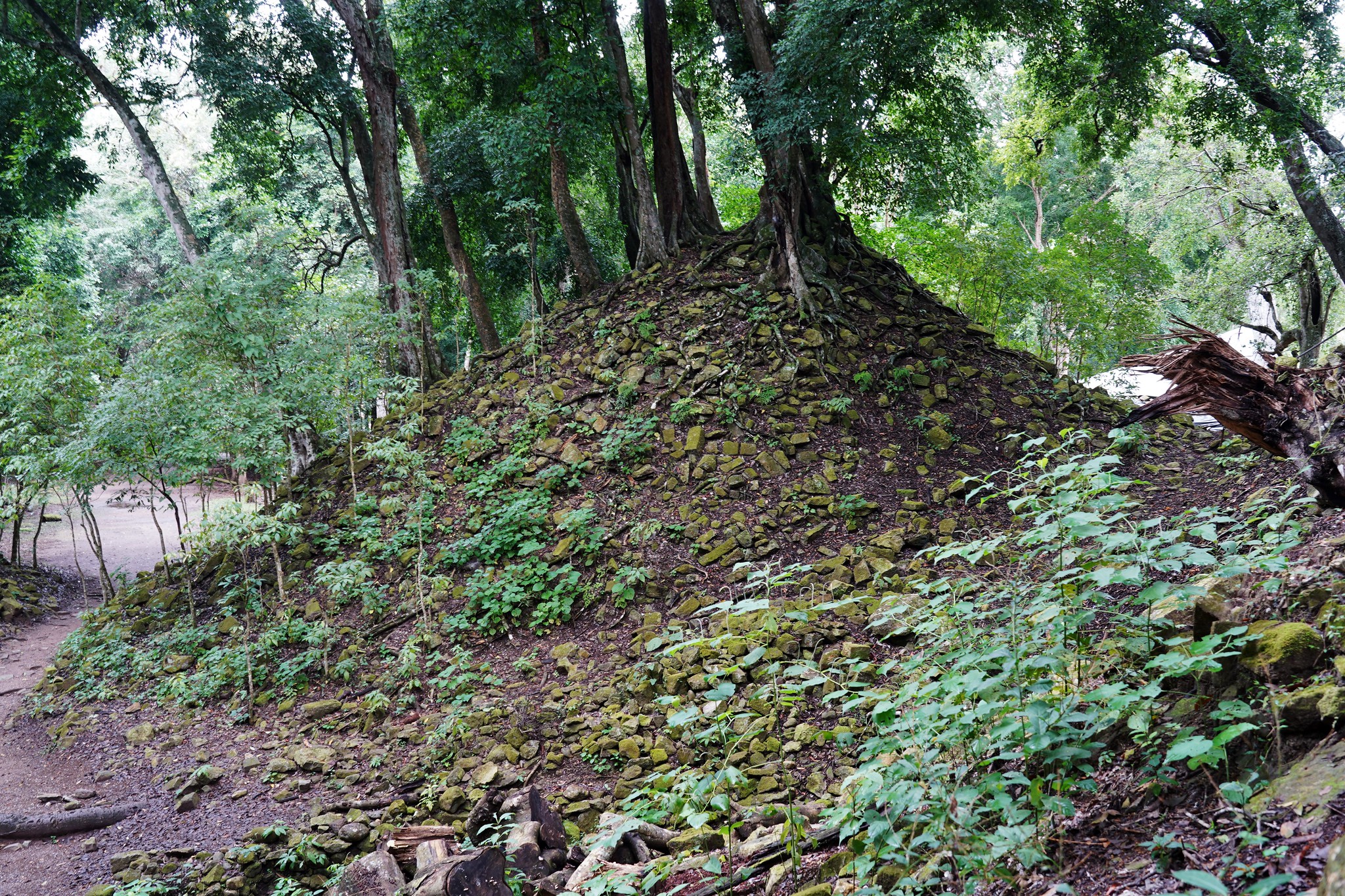
How history ends: a collapsed temple on the acropolis, the center of power in Copán, reclaimed by the jungle.
We can’t imagine that our civilization ever could collapse. Likewise, the rulers of Copán spun their historical narrative to the bitter end, apparently unable and unwilling to anticipate their own demise. It is difficult to assess the level of discord in Copán at the time when its culture and political structures collapsed. Yet the abrupt end of Copán’s historical narrative in 822 CE, as documented by the unfinished Altar L, points to such a rapid disintegration process.
Of course the history of Copán did not end entirely. While the sophisticated high culture vanished, Mayans continued to live in the area as farmers, The modern town of Copán Ruinas represents a modest reminder that cultural collapse is not followed by void. Copán teaches us that great empires and cultures inevitably decline and that cultural collapse is irreversible. Yet, Copán also shows us that life, while altered, invariably goes on.
